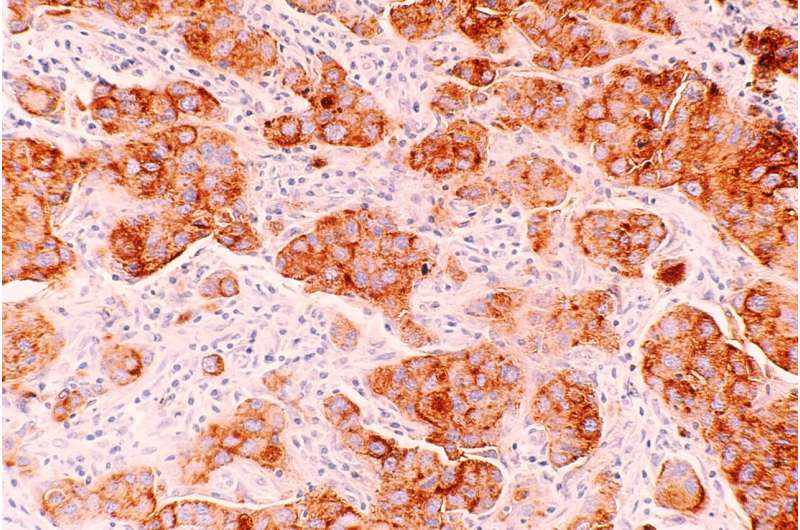How Cell Metabolic Communication Hampers Anti-Tumor Immune Responses

New research reveals how cancer cells manipulate neighboring cells’ metabolism, promoting immune suppression and tumor growth, opening potential pathways for improved cancer therapies.
Recent research from Ludwig Cancer Research has uncovered a complex network of molecular signals through which cancer cells manipulate their surrounding environment to promote tumor growth. This process involves the exploitation of normal cellular metabolism, specifically how cancer cells influence nearby noncancerous cells such as fibroblasts and immune cells. The study reveals that cancer cells secrete fat-derived molecules that activate fibroblasts, causing them to increase production of glutamine, an amino acid critical for cell growth. Elevated glutamine levels in the tumor microenvironment ultimately alter immune cells called macrophages, converting them into pro-tumorigenic and immune-suppressing states. Key findings highlight the role of palmitic acid, a fat molecule produced by melanoma cells, which triggers inflammatory responses in fibroblasts, leading to increased glutamine synthesis via the enzyme glutamine synthetase. This excess glutamine fosters the development of immune cells that support tumor expansion and suppress anti-tumor immunity. Importantly, blocking the gene for glutamine synthetase in fibroblasts reprograms macrophages towards an anti-tumor phenotype and hampers tumor progression in experimental models. These insights emphasize the sophisticated metabolic crosstalk within tumors and suggest new avenues for therapeutic intervention by targeting glutamine metabolism or inflammatory responses in the tumor microenvironment, potentially enhancing the effectiveness of immunotherapy strategies.
Stay Updated with Mia's Feed
Get the latest health & wellness insights delivered straight to your inbox.
Related Articles
Evolving Methods for Gestational Diabetes Testing in Pregnant Women
Australia introduces updated guidelines for gestational diabetes screening, focusing on targeted testing to improve outcomes and reduce unnecessary interventions in pregnant women.
Breakthrough Immunotherapy Shows Potential Against Aggressive T Cell Cancers
A new universal CAR-T cell immunotherapy has shown promising results in treating aggressive T cell cancers, with high remission rates and manageable side effects, potentially transforming future treatment options.
Potential Anti-Cancer Benefits of GLP-1 Receptor Agonists Beyond Weight Loss
New research indicates that GLP-1 receptor agonists, used for diabetes and weight loss, may also provide significant protection against obesity-related cancers beyond their metabolic effects. The study compares these medications to bariatric surgery, revealing potential anti-cancer benefits that merit further investigation.
Improving Hearing Care May Help Reduce Social Isolation in Seniors
Addressing hearing loss in older adults through proper care and hearing aids can significantly help reduce social isolation and loneliness, improving overall health and well-being.



